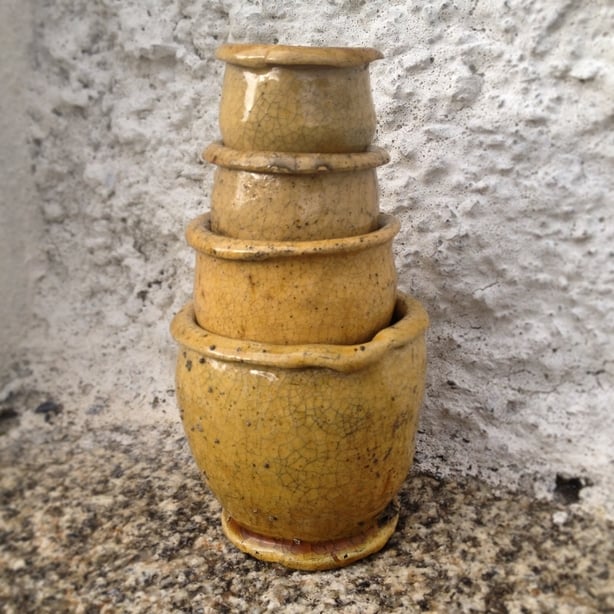Excavation works at Rathfarnham Castle in Dublin have uncovered what archaeologists are describing as a "perfectly preserved treasure trove" of 17th century artefacts.
The items were discovered under the floors of one of the castle's towers during work to install a new lift shaft.
The haul includes: a Cromwellian armour breastplate, musket balls and gun flints; coins dating as far back as 1602; Chinese porcelain tea-sets along with perfectly-preserved tea leaves; seeds and pips from olives, melons, grapes, cherries, peaches and other exotic fruit along with shells, fish and bird bones; glass wine and spirit bottles; artefacts relating to 17th century costume, including jewellery, buckles and shoes; small ointment and cosmetic jars (possibly from Italy) and a rare folding travel toothbrush.
It is thought they may have been hidden when the castle was attacked, placed there for washing and never retrieved, or even dumped.

The original castle at Rathfarnham was constructed in 1583 for Archbishop Adam Loftus.
Archaeologists Antoine Giacometti and Alva Mac Gowan believe that many items in the collection belonged to a specific household, most likely that of his descendant Lord Adam Loftus (1625-1691).
They say the artefacts offer "a rare and intimate insight into the lavish lifestyle of the castle's elite residents".
They add that "archaeological evidence from the seventeenth century is rarely found in Ireland, and this gives the wide-ranging Rathfarnham collection a uniqueness of both national and international consequence".
The finds from the excavation have been removed for laboratory cleaning and analysis.

Works on the main contract have also resumed, and the lift shaft is now being constructed.
It is hoped that the items will eventually be put on display after the castle reopens in 2015.

